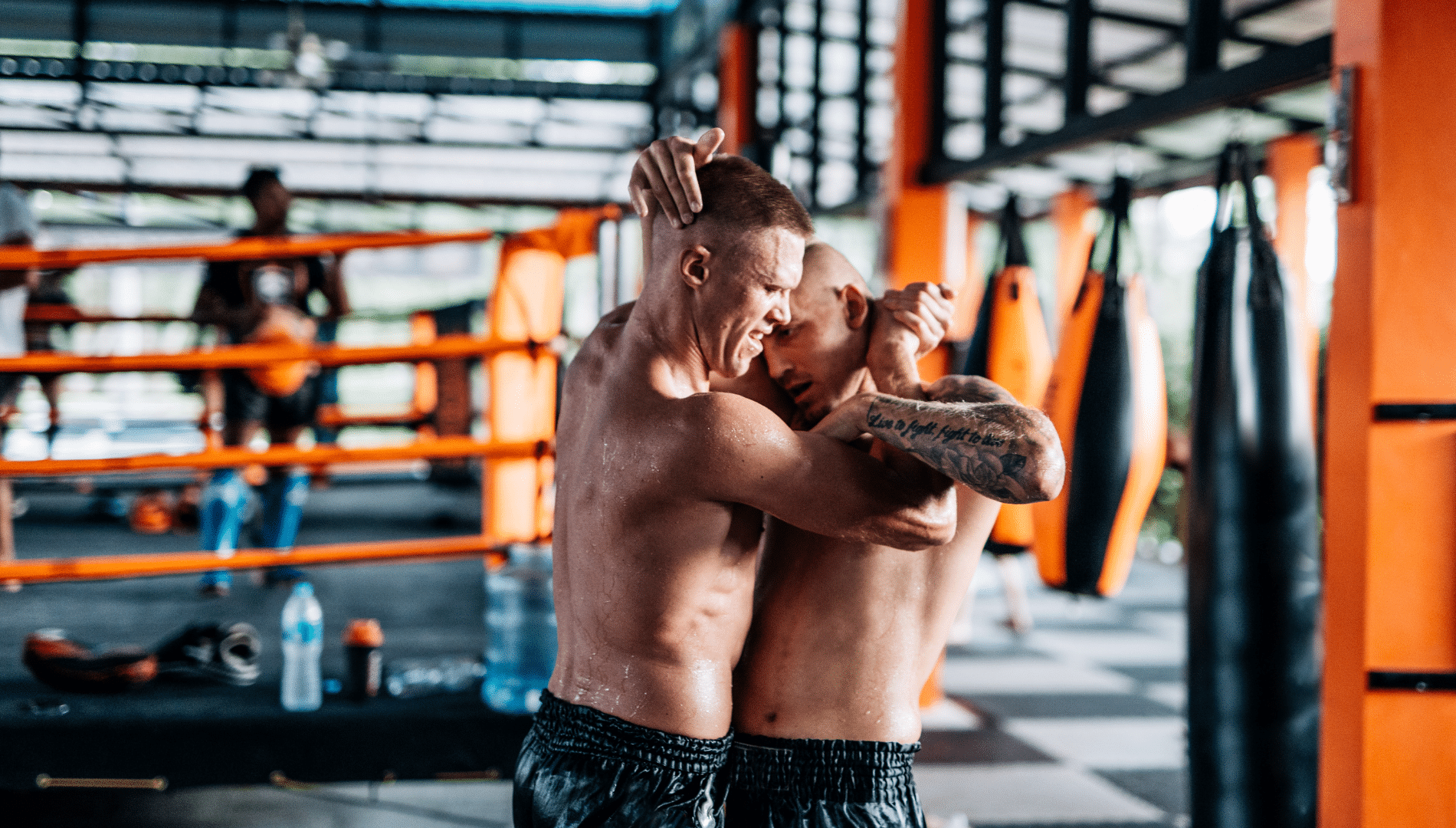

What Is Grappling? A Beginners Guide to Wrestling and MMA
If you’re just starting out with Mixed Martial Arts (MMA), you’ll likely encounter grappling after a while. After all, many martial arts employ this technique as a way to subdue or gain an advantage over opponents. However, the concept of grappling can be a little confusing, so familiarizing yourself with its definition can be helpful.
What is grappling? How can you grapple properly? This beginner’s guide explores the definition of the term, some common techniques, and some tips.
What Is Grappling?
In its simplest terms, grappling is a fighting technique that doesn’t involve striking opponents or using weapons. Typically, this kind of style is applied for close-quarters combat and is primarily advantageous when the fight is taken to the ground. To grapple someone means to take hold of, seize, or fasten your opponent using a strong grip.
It’s important to note that the principles for grappling slightly differ between martial arts and self-defense. Since most martial arts are practiced as sports, grappling in this context is viewed more as an art form. Here, you gain an advantage over an opponent at close range by locking them in a difficult position. Some grappling techniques are also used to cause injury through the hold. In self-defense, however, grappling is used to hold an attacker in place and subdue them.
It may seem that people with stronger and larger physiques are more suited to use grappling as a fighting style, but this is not necessarily true. You can successfully grapple someone when you have a better understanding of how the body works and which joints can be held to overcome your opponent regardless of their size.
What Is Grappling Used for?
Grappling can be used for a variety of situations. Whether you’re practicing martial arts or self-defense, knowing how grappling works can put the odds in your favor.
In reality, to strike an opponent with your fist or your feet, or to use a weapon against an attacker can be difficult. Striking requires distance for your attack to gain the needed momentum and force, which can make you vulnerable to a counter. In many cases, attackers can take you by surprise, subduing you on the ground, so you can’t fight back. This is where grappling techniques can come in handy because you’ll actually have an advantage while you’re on the ground.
At the same time, people have an instinctive response to grab hold of their attacker when trying to fight their way out of close-combat situations. If you know where and how to grab your opponent, you can get out of a sticky situation with little to no injury.
Common Grappling Techniques
Now that you’re able to define grappling, here are some common grappling techniques used primarily in MMA:
Takedowns
This is used to achieve a dominant position over a standing opponent. The primary objective of takedowns are to get your opponent off-balance so you can bring them down on the ground.
Sprawls
This is a defensive technique to counteract an opponent’s takedown. To be successful in your counter, you should sprawl in one swift motion. Shift your legs behind you, away from the opponent’s reach. Spread out by landing your upper body on their back, so your weight can force them down.
Throws
Throws are designed to lift or off-balance your opponent by maneuvering them through the air. Depending on the technique, throws will either leave the thrower standing after rotating the opponent, or let the thrower gain a takedown or holding position.
Clinches
Clinching is another defensive move against both takedowns and throws using your upper body. In a clinch, you have to hold your opponent’s arms or head while they are doing the same. In this position, the objective is to keep your opponent from gaining an advantage.
Submission Holds
This technique can be classified in two forms: chokes and locks. Chokes can potentially strangle or suffocate an opponent, while locks can cause potential injury to a joint or body part. In sports grappling, tapping an opponent’s leg or the ground is equivalent to “submitting.”
Escapes
There are several types of escapes, but they generally mean maneuvering your way out of a dangerous or inferior position. Some of these include techniques like Shrimping Away, Cross the Face, and the Buck and Roll.
Securing Techniques
This involves pinning down your opponent in a position that prevents them from attacking. In some martial art styles, this can mean instant victory for a competitor.
Reversals or Sweeps
This can happen when a grappler who is underneath their opponent gains a top or more dominant position after maneuvering.
Tips for Beginners
While grappling can be a useful fighting style, it’s important to practice the proper form and techniques. Otherwise, you might seriously injure yourself or your sparring partner. Some useful tips for beginners include the following:
- Practice proper breathing
- Relax; don’t tense up
- Focus
- Be patient and consistent
- Be mindful of your position
- Always review the fundamentals of grappling
With these simple but crucial pointers, you can learn how to properly grapple without getting into an accident.
Learn the Right Way
Getting guidance from professional instructors is crucial if you want to study grappling techniques and forms. This makes sure that you gain the right knowledge and apply these techniques without injuring yourself or your practice partner. Don’t wait — take advantage of Granite Bay Jiu Jitsu’s free one week trial, so you can learn grappling the right way. We’ll see you on the mat!
Advertisements
gbjj
RELATED POSTS










